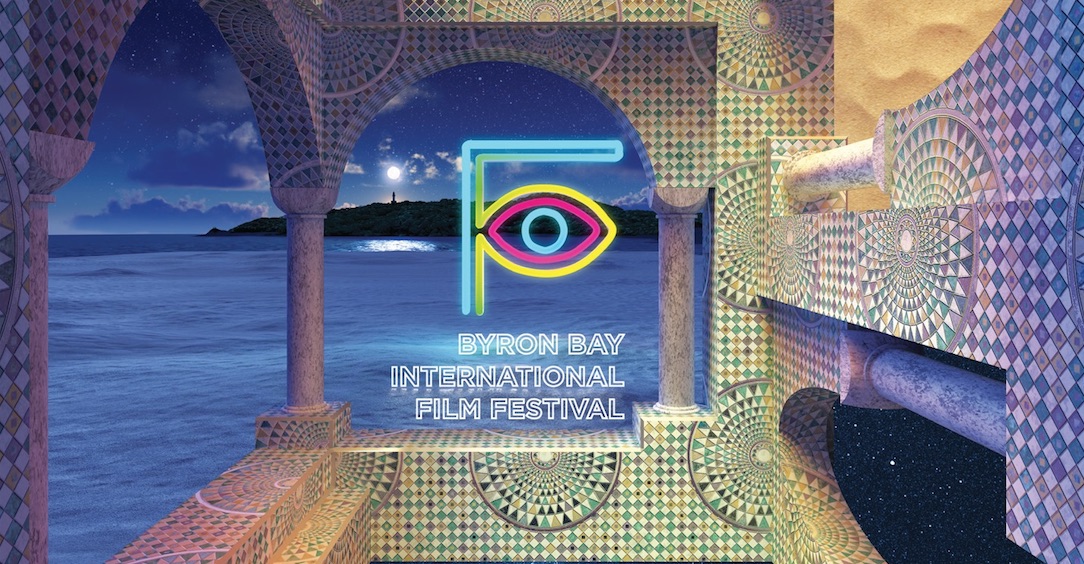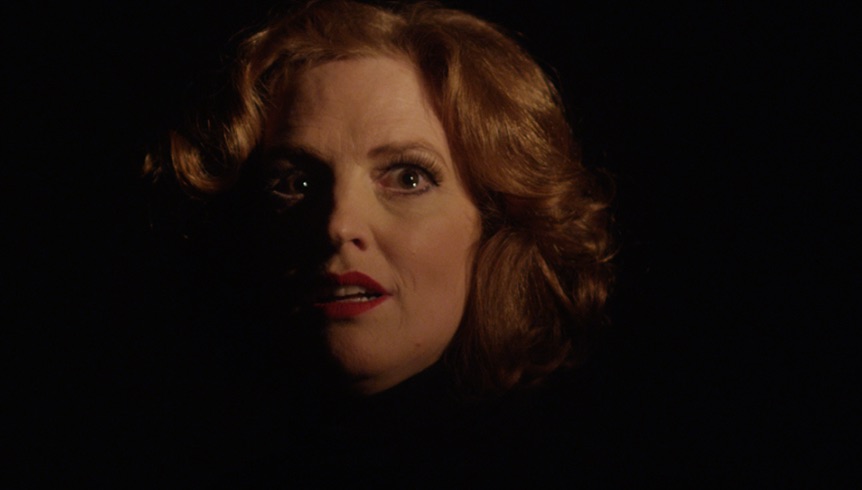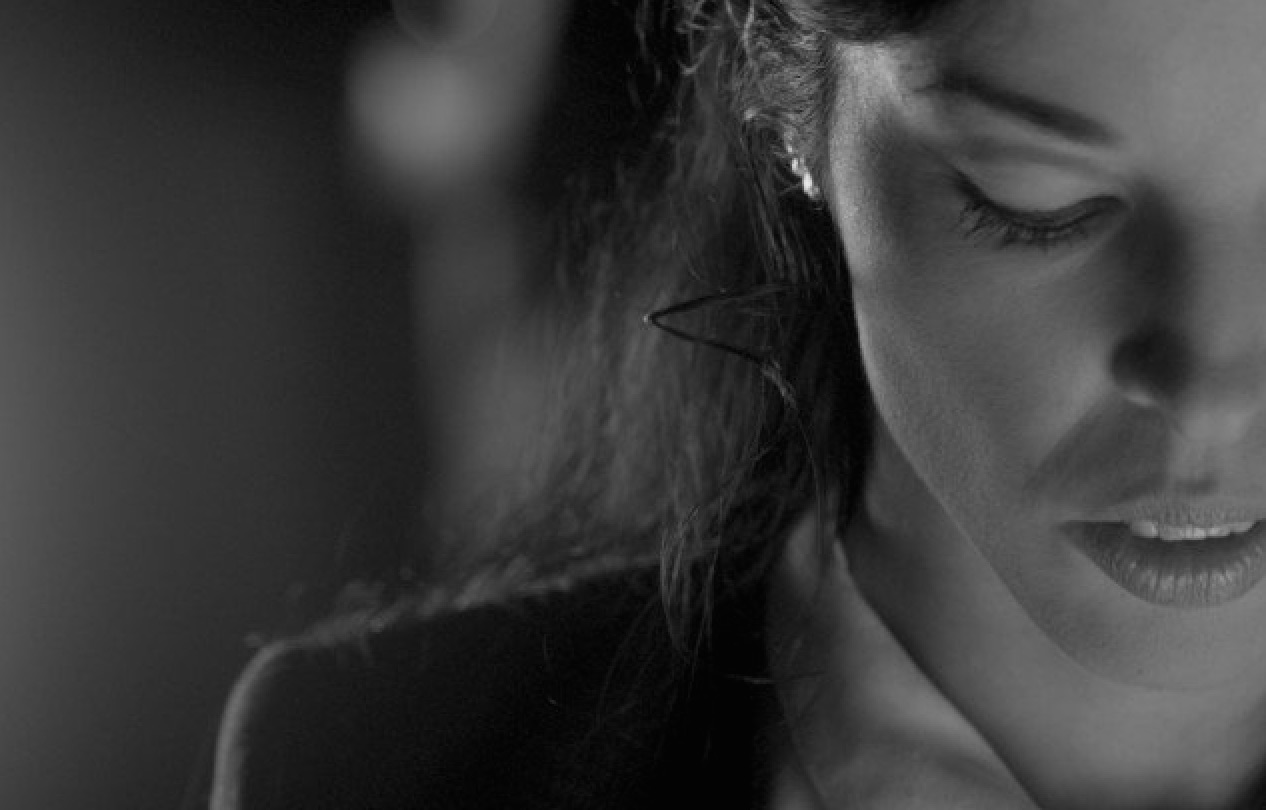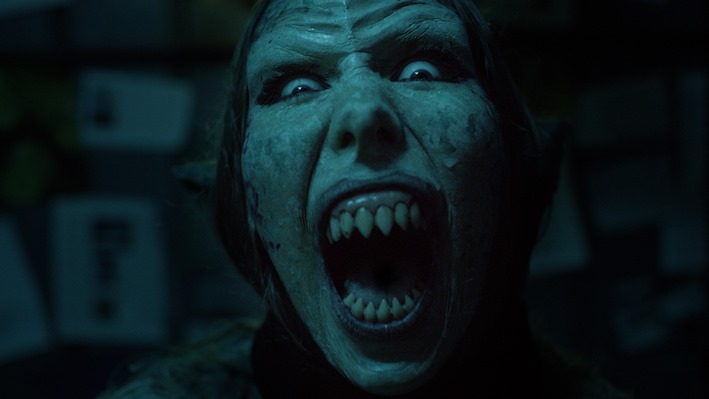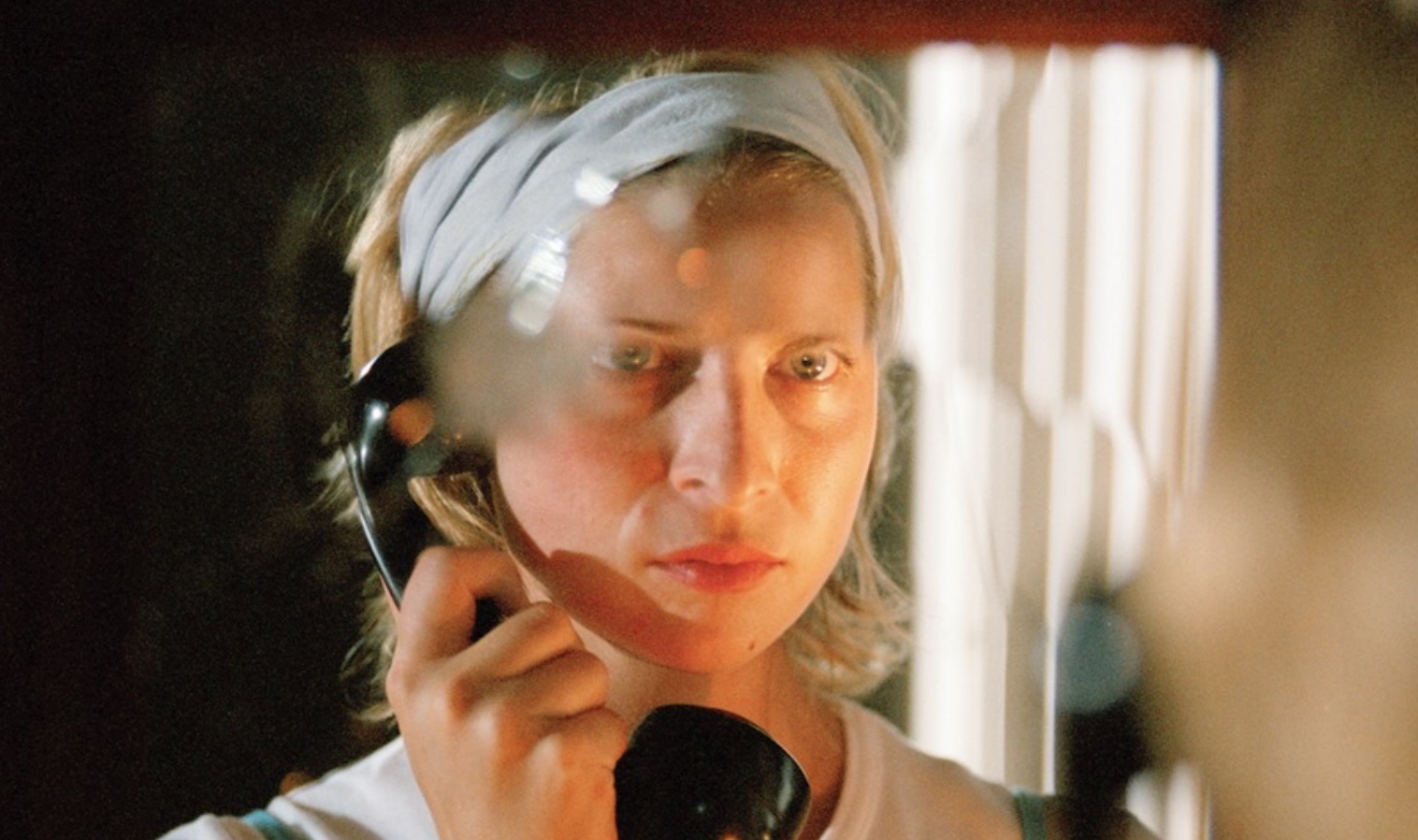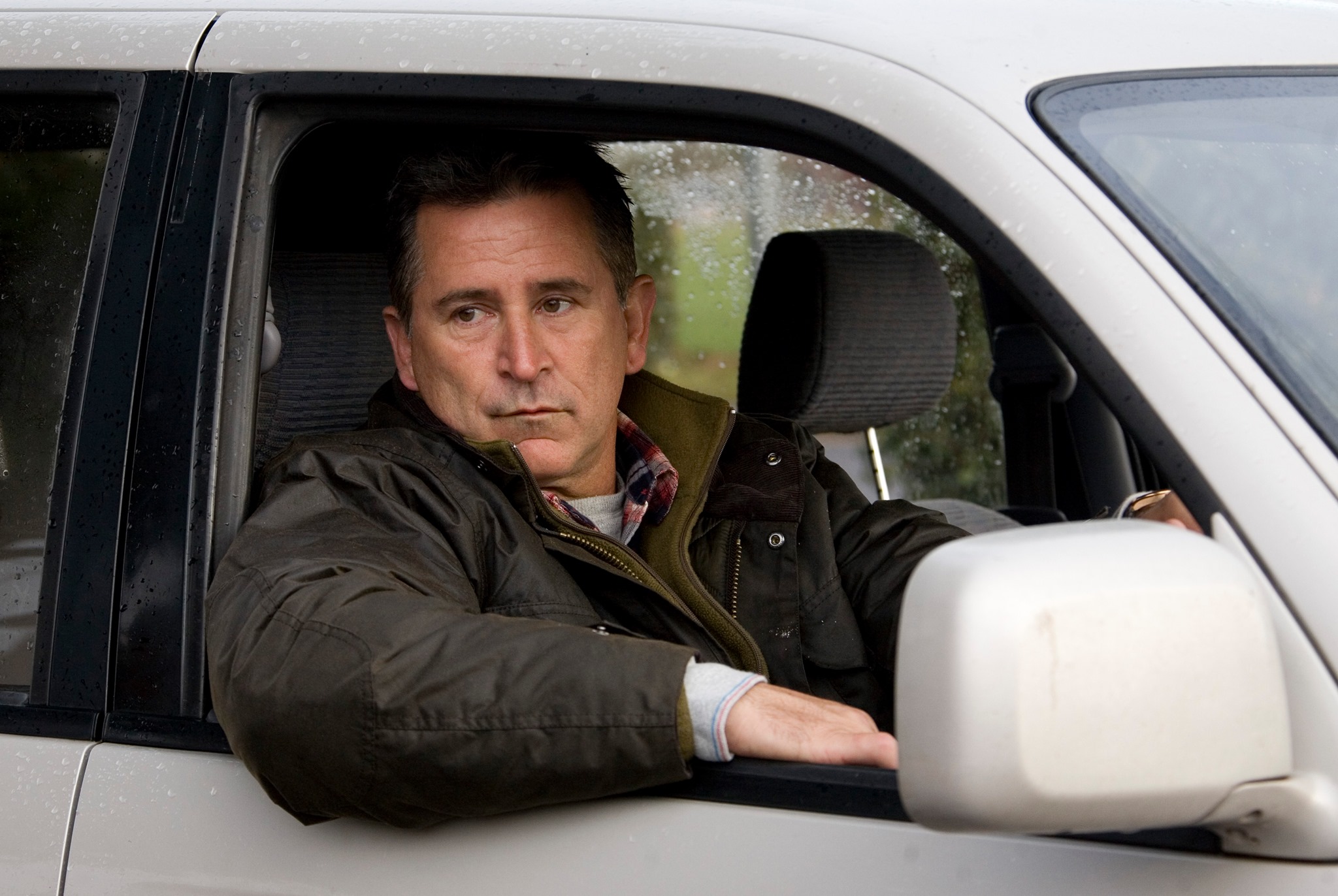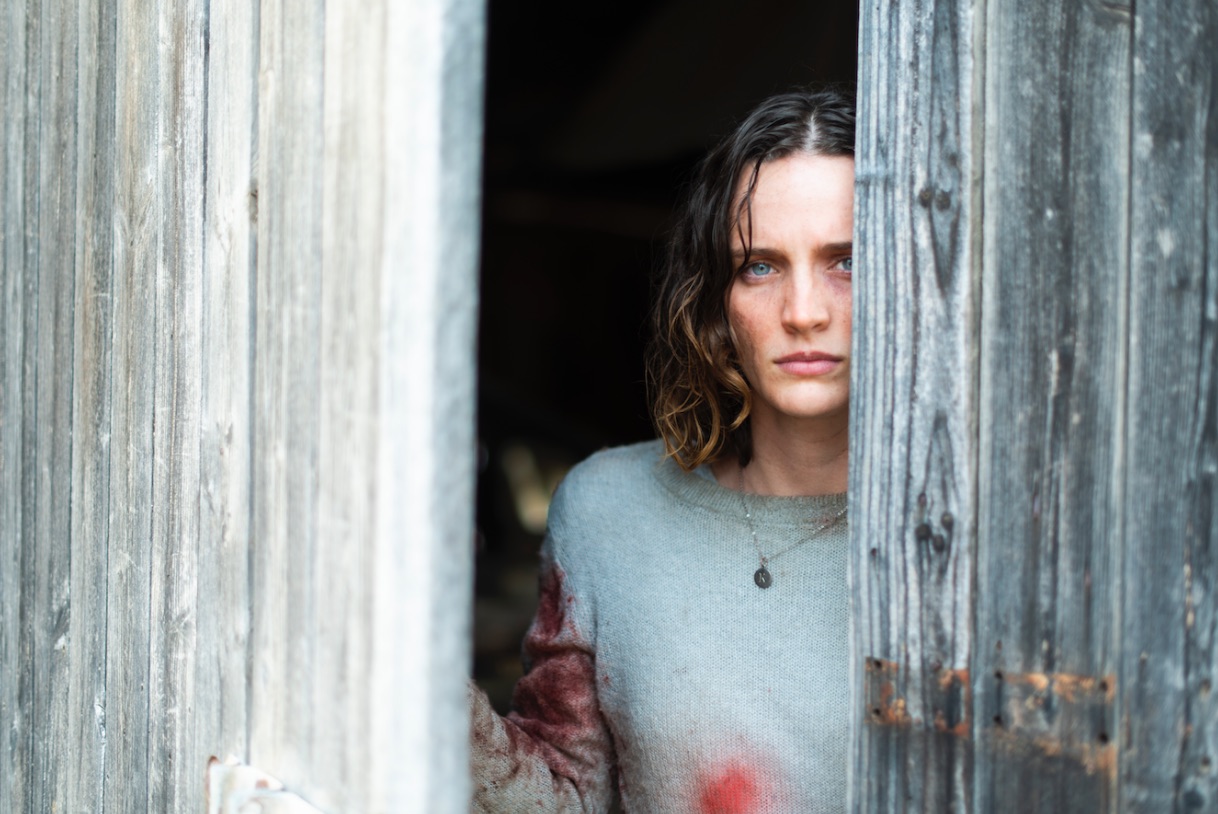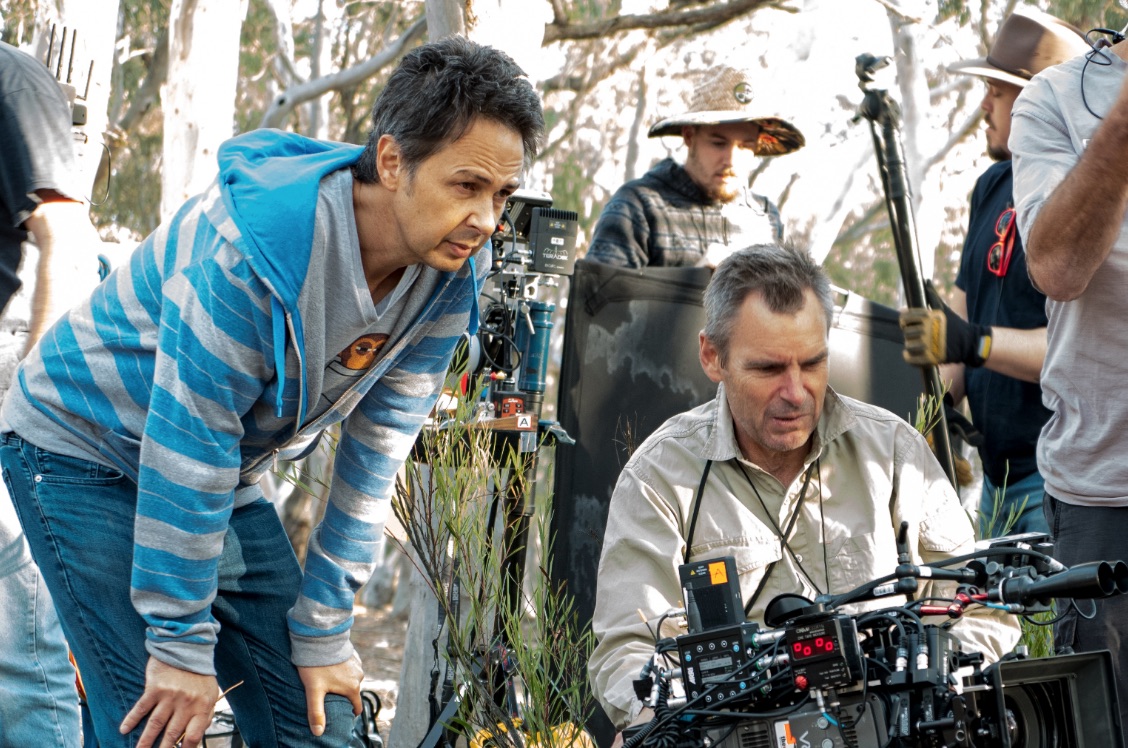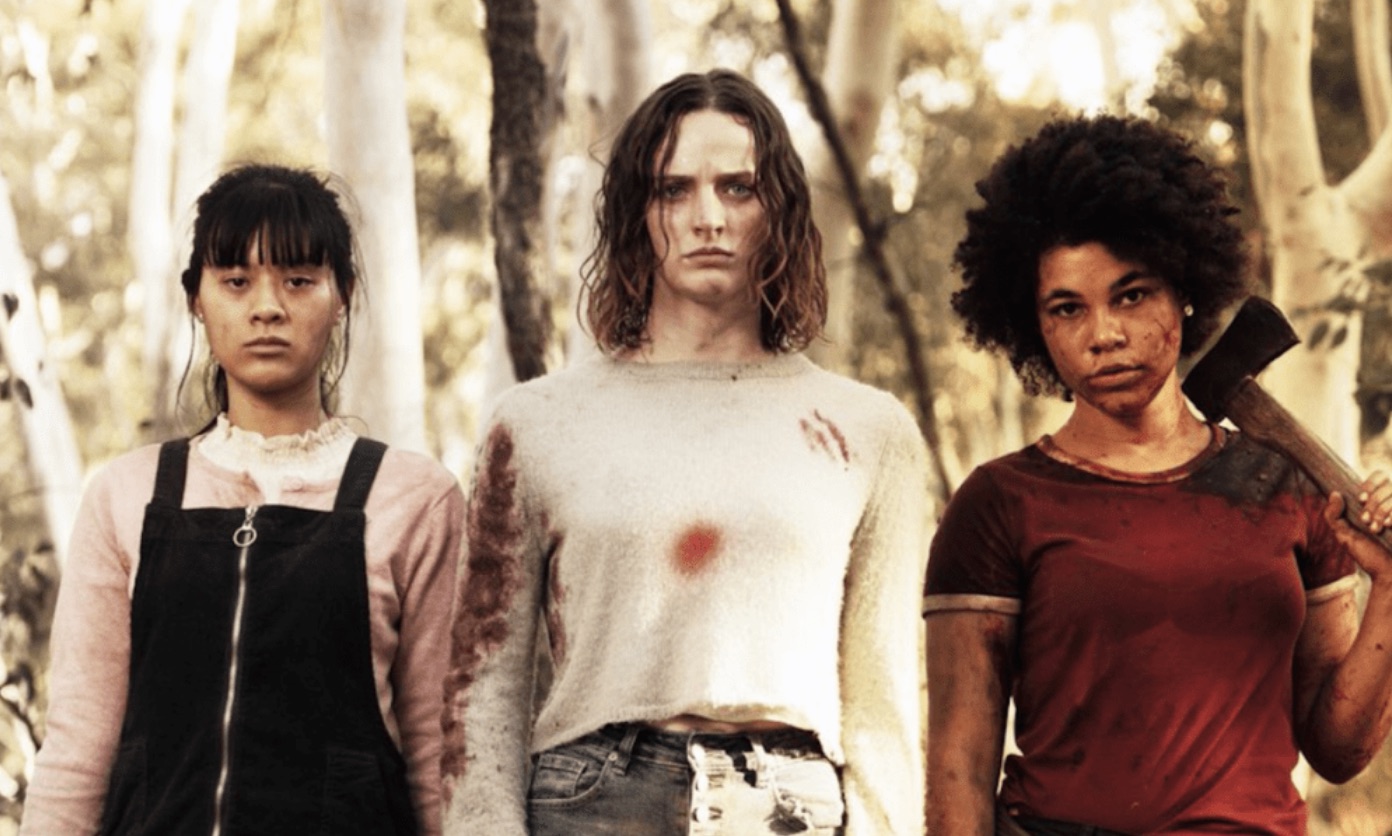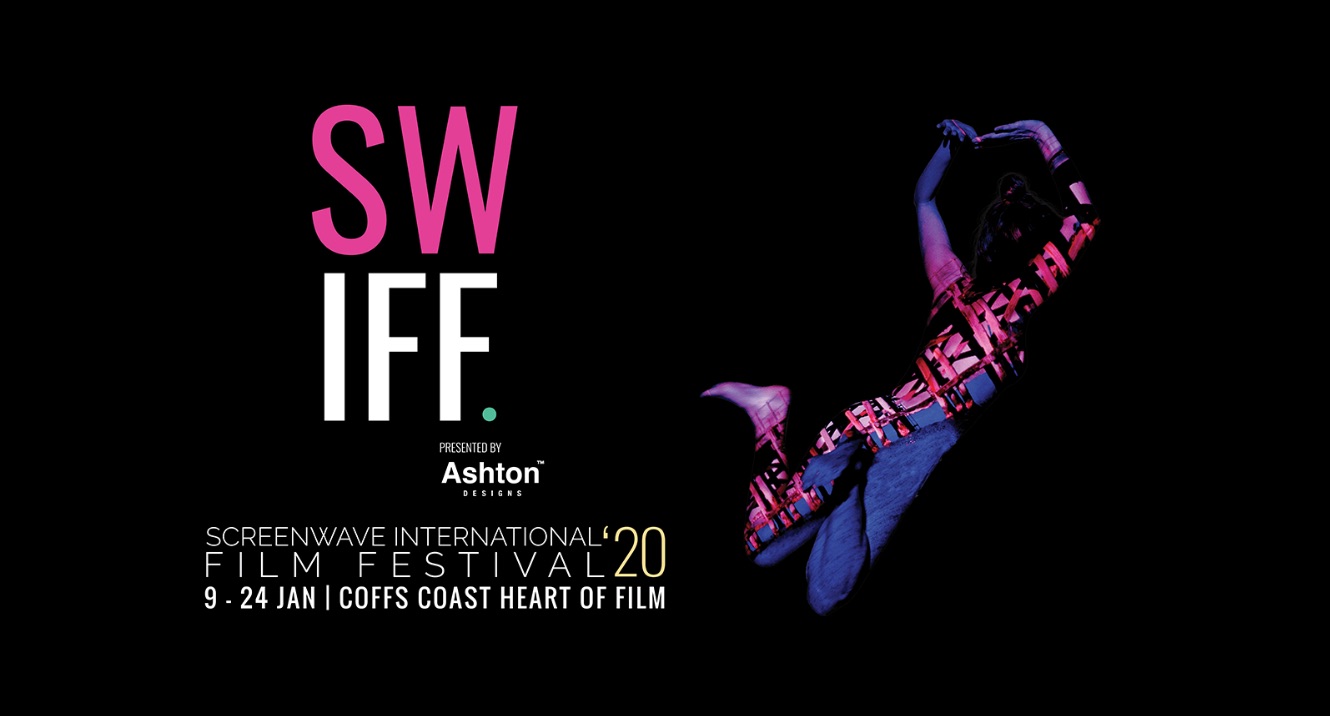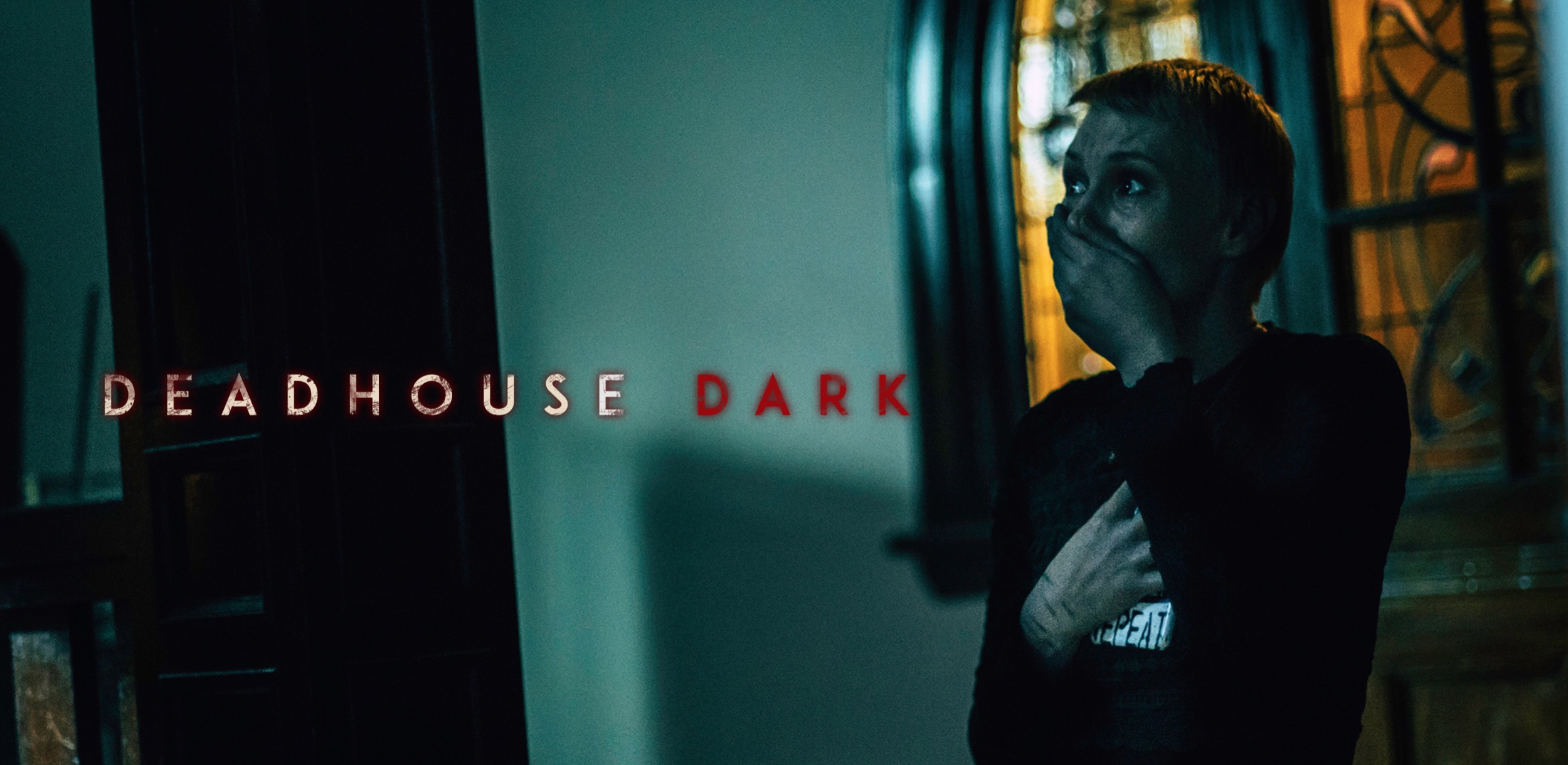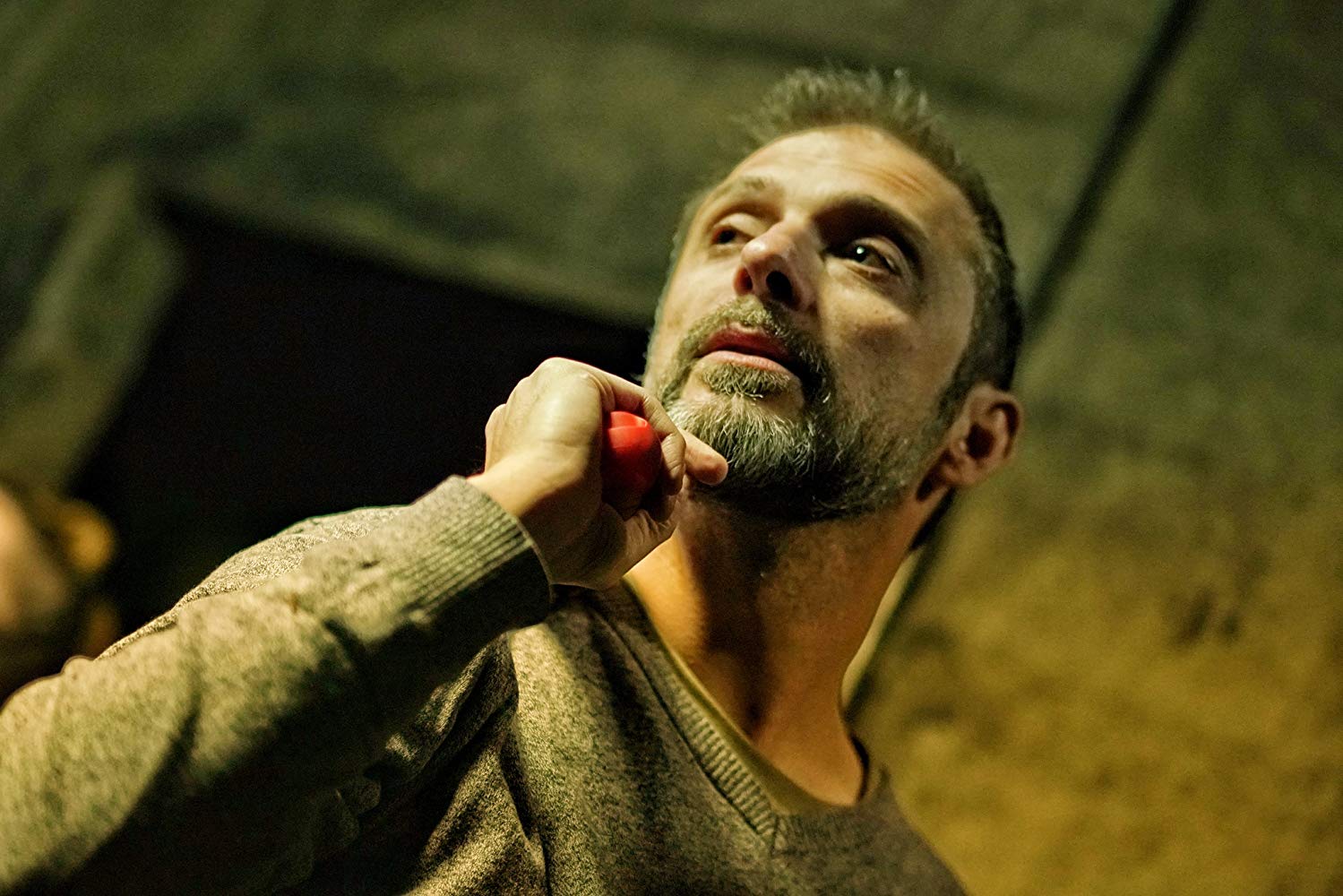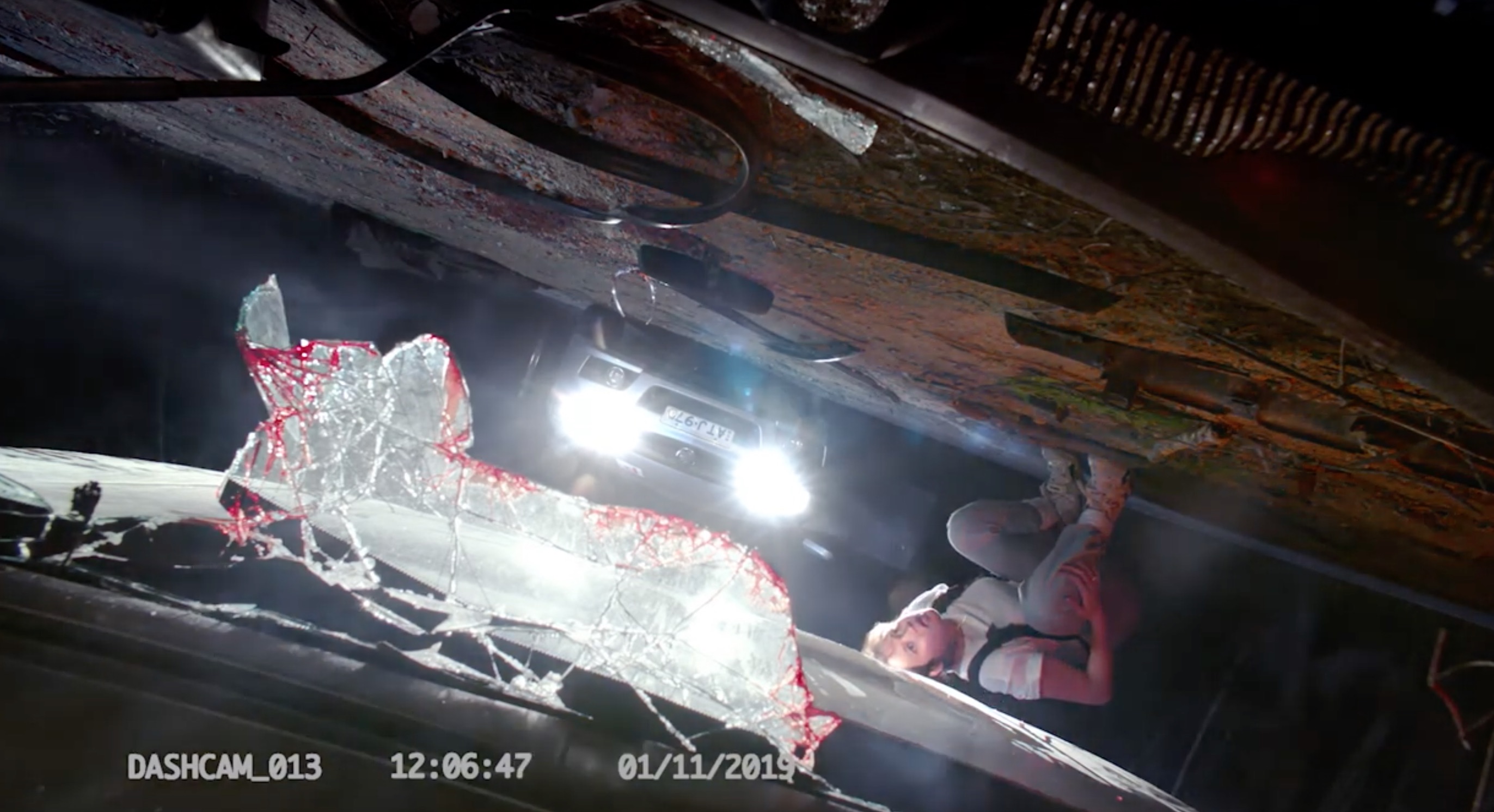There is a heightened sense of expectation surrounding the line-up of the 2019 Melbourne Documentary Film Festival (MDFF). Having been one of the underdog capital city festivals for much of its existence, the event came of age in 2018 – it was named Best Documentary Film Festival by the respected Film Daily site; the Best Documentary Festival in the Southern hemisphere by Guide Doc; and, for the third year running, a Top 100 film festival as voted by the industry’s leading submission portal, Film Freeway.

Drawing upon a year during which documentarians were energised by global socio-political upheaval, the 2019 MDFF will be screening works sourced from 44 local and international festivals, including Sundance, Venice, Tribeca, Hot Docs and SXSW. The programme statistics are impressive, indicating founder and festival director Lyndon Stone takes his newfound global status seriously; on offer are 112 works, comprising 50 features and 62 short-form films, amongst them 6 World premieres and 59 Australian premieres.
 As in 2018, when the festival launched with Tony Zierra’s Kubrick-themed Filmworker, this year’s two-pronged Opening Night sessions will also examine mad geniuses and their impact on cinema. Veteran filmmaker Peter Medak recounts the summer of 1973 and the insanity-inducing experience of filming with Britain’s most eccentric and volatile comic in The Ghost of Peter Sellers (pictured, above). And the fiery, complex reputation of one of Europe’s most reviled directors is addressed in the first-person when Uwe Boll (pictured, right) fronts up for F*ck You All: The Uwe Boll Story.
As in 2018, when the festival launched with Tony Zierra’s Kubrick-themed Filmworker, this year’s two-pronged Opening Night sessions will also examine mad geniuses and their impact on cinema. Veteran filmmaker Peter Medak recounts the summer of 1973 and the insanity-inducing experience of filming with Britain’s most eccentric and volatile comic in The Ghost of Peter Sellers (pictured, above). And the fiery, complex reputation of one of Europe’s most reviled directors is addressed in the first-person when Uwe Boll (pictured, right) fronts up for F*ck You All: The Uwe Boll Story.
Four Australian docs will have their global debut at MDFF - Fiona Cochrane’s Strange Tenants: Ska’d For Life, a profile of Australia’s most influential ska band; Aidan Prewitt’s Woodstock at 50: A Venue for the End of the World, a special anniversary screening of the award winning film with new and improved footage from the iconic music festival; Art of Incarceration, director Alex Siddons’ profile of The Torch, a not-for-profit arts initiative that supports creative endeavours for indigenous prisoners; and, Helen Gaynor’s The Candidate, a fly-on-the-wall insight into Green’s senate hopeful Alex Bhathal’s run for parliament.
 The Melbourne Documentary Film Festival will draw on some legitimate star power in 2019. Amongst the celebrities in front of and behind the lens are Werner Herzog (subject of Herbert Golder’s Ballad of a Righteous Merchant); Alicia Vikander (pictured, right; narrating Jennifer Baichwal’s and Edward Burtynsky’s Anthropocene The Human Epoch); Oscar winning director Barbara Kopple (director of New Homeland); Bill-&-Ted star-turned-filmmaking agitant Alex Winter (director of Trust Machine: The Story of Blockchain); and, legendary musos Tommy Emmanuel (star of Jeremy Dylan’s The Endless Road) and Rolling Stones’ guitarist Ronnie Wood (in conversation with director Stuart Douglas for his short There’s a Hell of a Racket Coming From Your House, Mrs Wood).
The Melbourne Documentary Film Festival will draw on some legitimate star power in 2019. Amongst the celebrities in front of and behind the lens are Werner Herzog (subject of Herbert Golder’s Ballad of a Righteous Merchant); Alicia Vikander (pictured, right; narrating Jennifer Baichwal’s and Edward Burtynsky’s Anthropocene The Human Epoch); Oscar winning director Barbara Kopple (director of New Homeland); Bill-&-Ted star-turned-filmmaking agitant Alex Winter (director of Trust Machine: The Story of Blockchain); and, legendary musos Tommy Emmanuel (star of Jeremy Dylan’s The Endless Road) and Rolling Stones’ guitarist Ronnie Wood (in conversation with director Stuart Douglas for his short There’s a Hell of a Racket Coming From Your House, Mrs Wood).
 Certain to be an emotion-charged highlight of the festival will be a screening of Forged from Fire, a chronicle of the building of The Blacksmith’s Tree. A monument to the victims of the 2009 Black Saturday bushfires that swept through rural Victoria, director Andrew Garton’s camera follows a local movement launched by traditional blacksmiths to build a tree of steel, a declaration of remembrance that garnered an international following. Proceeds from the screening, timed to coincide with the 10th anniversary of the disaster, will go to the Victorian Volunteer Firefighters.
Certain to be an emotion-charged highlight of the festival will be a screening of Forged from Fire, a chronicle of the building of The Blacksmith’s Tree. A monument to the victims of the 2009 Black Saturday bushfires that swept through rural Victoria, director Andrew Garton’s camera follows a local movement launched by traditional blacksmiths to build a tree of steel, a declaration of remembrance that garnered an international following. Proceeds from the screening, timed to coincide with the 10th anniversary of the disaster, will go to the Victorian Volunteer Firefighters.
 The MDFF’s reputation as one of the premiere outlets for the documentary short format strengthens further in 2019. The always-popular Music strand will feature Felix Bechtolsheimer’s Somewhere in Their Heads (pictured, right), a study of the creative process behind the recording of Curse Of Lono’s second album ‘As I Fell,’ and J.P. Olsen’s Big Paradise, a profile of cult combo, The Numbers Band; the LGTBIQ sidebar will play The Gender Line, T.J. Parsell’s biography of transgender rock star Cidny Bullens, and Nicky Larkin’s Becoming Cherrie, a peek inside the life of Belfast’s most famous drag queen; and, Indigenous narratives will be examined in films such as Running 62, Torres Strait Islander Zibeon Fielding self-directed account of his long-distance marathon charity efforts, and Goh Iromoto’s African odyssey, The Wonder.
The MDFF’s reputation as one of the premiere outlets for the documentary short format strengthens further in 2019. The always-popular Music strand will feature Felix Bechtolsheimer’s Somewhere in Their Heads (pictured, right), a study of the creative process behind the recording of Curse Of Lono’s second album ‘As I Fell,’ and J.P. Olsen’s Big Paradise, a profile of cult combo, The Numbers Band; the LGTBIQ sidebar will play The Gender Line, T.J. Parsell’s biography of transgender rock star Cidny Bullens, and Nicky Larkin’s Becoming Cherrie, a peek inside the life of Belfast’s most famous drag queen; and, Indigenous narratives will be examined in films such as Running 62, Torres Strait Islander Zibeon Fielding self-directed account of his long-distance marathon charity efforts, and Goh Iromoto’s African odyssey, The Wonder.
2018 MELBOURNE DOCUMENTARY FILM FESTIVAL runs July 19-30 at the Cinema Nova and Backlot Studios venues. For ticket sales and session details, visit the official website.
SCREEN-SPACE is a media partner of the Melbourne Documentary Film Festival. Editor Simon Foster will be hosting Q&A events throughout the festival as a guest of the organisers.
























